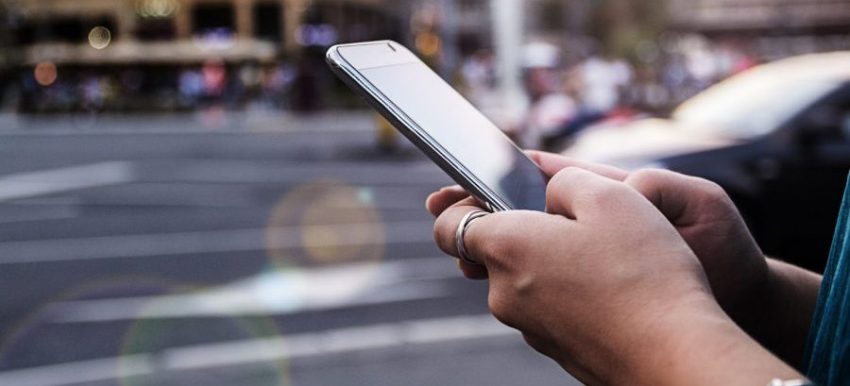The coronavirus pandemic forced municipalities to communicate with citizens more frequently than ever before as a way to inform them of public health guidelines and related developments. However, there are many major population centers COVID-19, protests and hurricane season are about to converge, leaving local officials to coordinate safety responses that address the needs of residents on all three fronts.
To successfully manage this kind of multi-event safety response, municipalities need to know who to target with each message and how to reach them. Here are some strategies that governments and agencies can use to ensure communication stays intact, even with so much going on.
Segment your populations
Not all citizens need to receive the same message at the same time, especially in large cities. For example, a protest happening in one neighborhood might not be a concern of residents living five miles away. This is why geo-targeting can help deliver your message more effectively.
Effective segmentation allows agencies to split their recipients into groups of individuals depending on their role, location or other attributes. This makes it possible to reduce the number of messages sent and ensure that a message is relevant to those receiving it. That increases the likelihood that the message will be read, and the information will be acted upon.
As we continue to deal with responding to COVID-19, geo-targeting becomes even more critical. Some notification systems allow for the collection of additional attributes that can be used for very targeted communications. For example, as we work to re-open our economies as safely as possible, being able to identify and message at-risk communities (over 65, history of diabetes, hypertension, etc.) can play a substantial role. Using these attributes allows officials to speak directly to these at-risk communities which can help stop the spread of COVID and reduce unnecessary burdens on our healthcare systems.
Ensuring that messages get seen is incredibly important, especially when considering emergency situations like hurricanes. In the case of the Medical University of South Carolina (MUSC), the school was able to keep students, staff and faculty informed during Hurricane Florence through their use of group segmentation. While they provided everyone with general weather updates on a regular basis, they split their audience into unique groups that received more personalized information. For example, students were sent messages with updates relevant to the area where they lived, whereas on-site medical center staff received notifications about sleeping accommodations, complimentary meals and off-duty activities.
Engage through different channels
However, segmentation alone is not enough to guarantee residents are informed. We live in a world with multiple channels of communication constantly at play. From calls and texts to social media, people can choose to get their information from where they please—something that can be dangerous when it comes to the swirl of misinformation around both the coronavirus and protests.
No one single mode of communication will reach all of your community, all of the time. To get ahead of any misinformation and ensure the right messages are being disseminated, local governments need to engage audiences across multiple channels. While basic mass notification systems can ensure texts and phone calls go out to citizens in a timely manner, more advanced systems can also push messages across social media, digital signage, and websites so residents are receiving the same message, no matter the medium.
Be consistent and reliable
Guaranteeing that the message will be delivered—no matter the channel or where residents may be located—can make a difference in not only protecting residents but also in creating trust in the institutions and organizations sending the messages.
Likewise, being consistent in when and how messages are sent can also further earn the trust of citizens. If messages consistently provide useful and relevant information, recipients will learn the sender can be trusted and should be paid attention to. For example, instead of sporadically sending daily or weekly coronavirus updates, governments should choose one specific time each day where a message regarding updates can be sent out to the community.
Communication during emergencies is only effective if messages are received, read and acted upon by the community members. With the right plan and technology in place, governments and agencies can better protect the communities that rely on them every day, even while navigating multiple crises.





Leave a Reply
You must be logged in to post a comment.